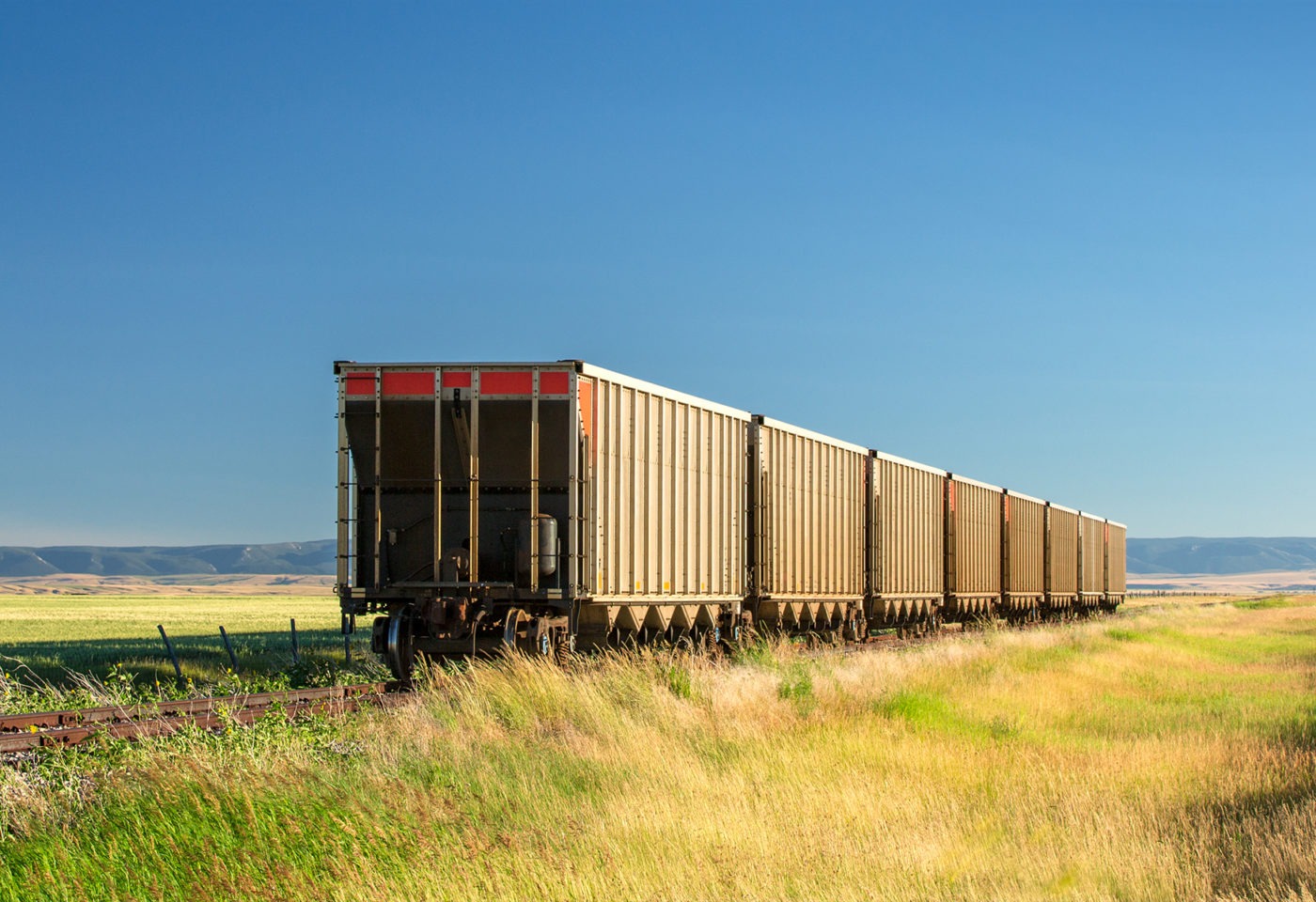CALGARY, AB – The safety and efficiency of the freight transportation system in Alberta could be improved by stepping up the replacement of level crossings, adding track to remove “choke points,” and streamlining the way information is gathered and shared, says report released today by the Canada West Foundation.
The report, commissioned by the Government of Alberta, finds that, with the exception of capacity problems that came to the fore in the grain surge of 2013-14, overall the system is working well. Authors Janice Plumstead and Colleen Collins write that the system in Alberta is affordable, with some of the lowest rates per kilometre compared to other jurisdictions in the Organization for Economic Cooperation and Development (OECD).
Yet the report states there is “room for system improvement.” It makes 25 recommendations that would improve safety, efficiency, service levels and flexibility.
“The replacement of level crossings would be a significant investment,” said Janice Plumstead, Senior Economist with the Foundation. “Those costs would be recovered, however, through reduced interaction of people and trains at high-risk level crossings.”
Canada’s two large rail companies, Canadian Pacific and Canadian National, have made large capital investments that have improved operating efficiency and kept rates low, the report states. Other partners in the supply chain – ports, shippers and producers – have also made investments in capacity, efficiency and reliability.
Grain farmers and shippers complained that the rail system let them down when a bumper crop of grain in the 2013-14 overwhelmed the system. The report cautions, however, that adding capacity to meet such peaks in service demands “could lead to unsustainable freight rates.” Instead, the report calls for the integration of information systems to improve co-ordination and better commodity forecasting so that the supply chain can better prepare for surges in demand.
The report found there is an “imbalance of power” between shippers and the railways, since some shippers have no real alternative to rail. Yet counterbalancing the railways’ perceived power has become “highly politicized”. To avoid driving up costs, the report recommends revisiting a dispute resolution model created by Jim Dinning.
“Alberta’s interest is in having a reliable freight system at an affordable cost,” said co-author Colleen Collins, Vice-President of the Foundation. “We can help ensure that by building trust among the partners.”
View the full version of A SMOOTHER TRACK FOR EXPORTS: A framework for Alberta rail policy.
